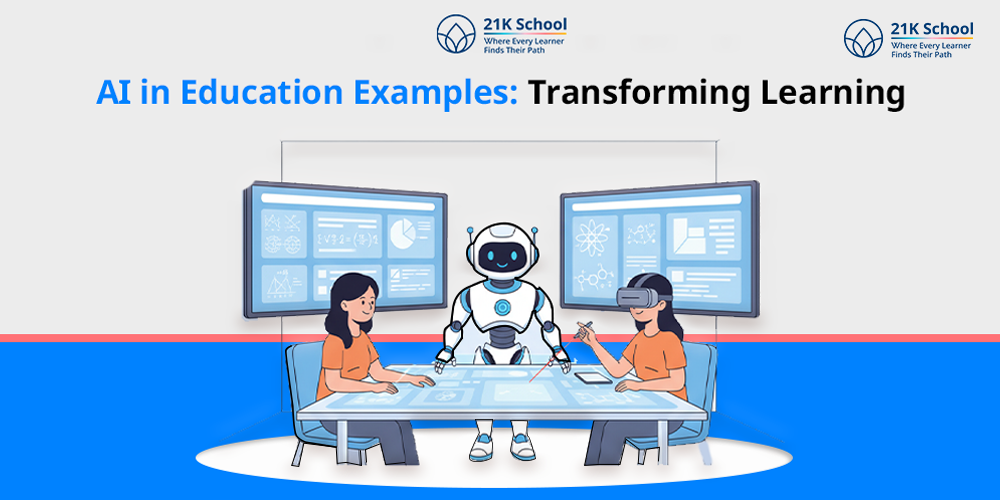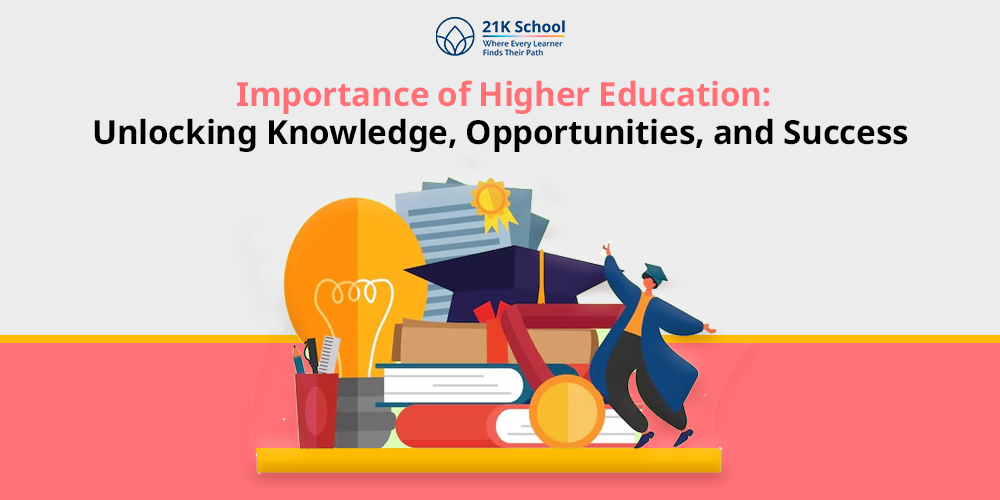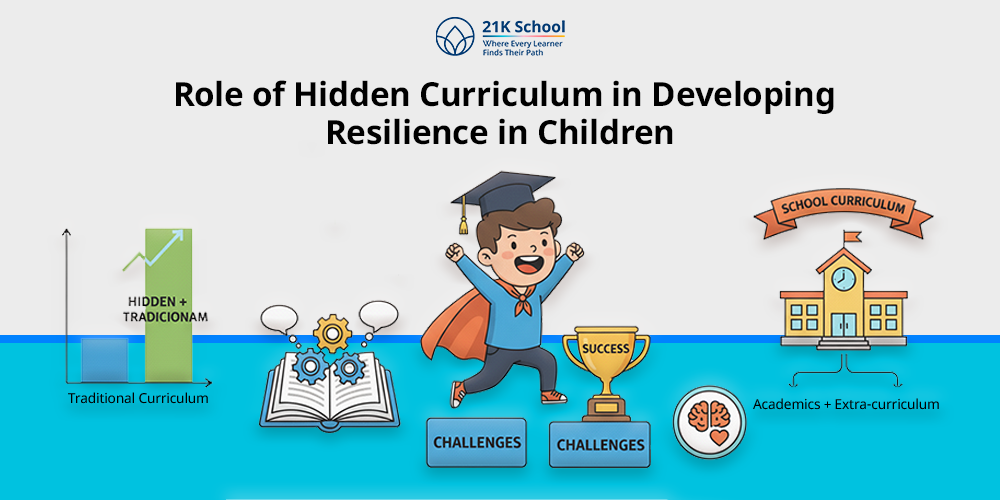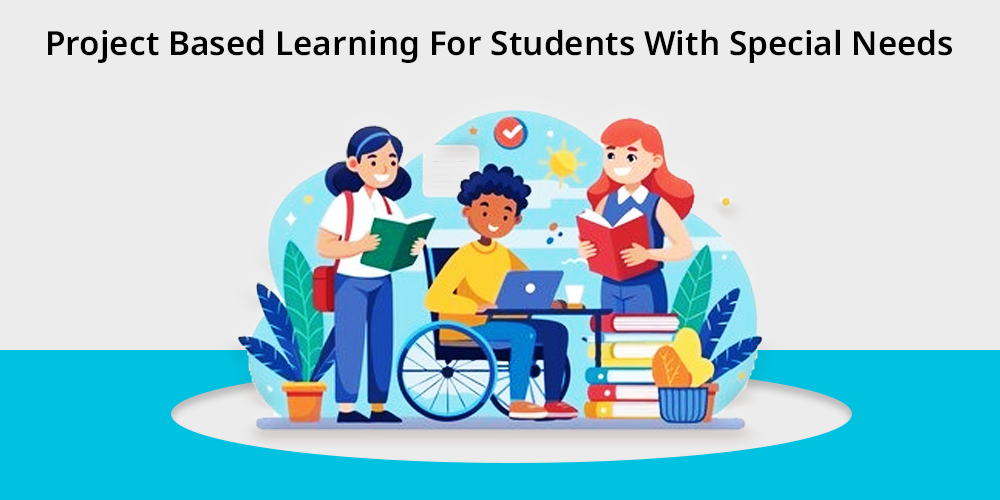
Project based learning presents an active approach of teaching to solve genuine world problems and challenges.
The teaching method builds essential competencies of critical abilities, creative thinking skills, and cooperative tendencies, modern students need to succeed.
PBL operates as an opposite approach to traditional schooling systems. Here, active student engagement takes precedence over memorization and passive lessons.
Special needs students benefit most from inclusive education. This is achieved when it receives educational approaches which adapt to individual needs and create empowerment.
The article provides details about PBL methodology followed by recommendations for special needs students. Read on to navigate through its advantages, application difficulties, and hands-on execution methods.
Contents
What does Project Based Learning mean?
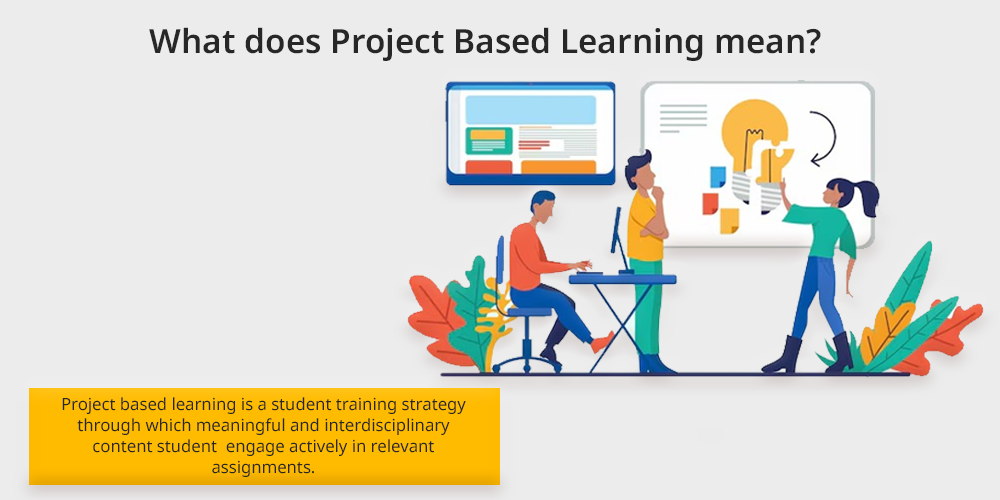
Project based learning is a student training strategy through which meaningful and interdisciplinary content students engage actively in relevant assignments.
The completion of such projects results in student presentations, creation of end products, or performance displays for learned knowledge.
Key Principles of Project Based Learning
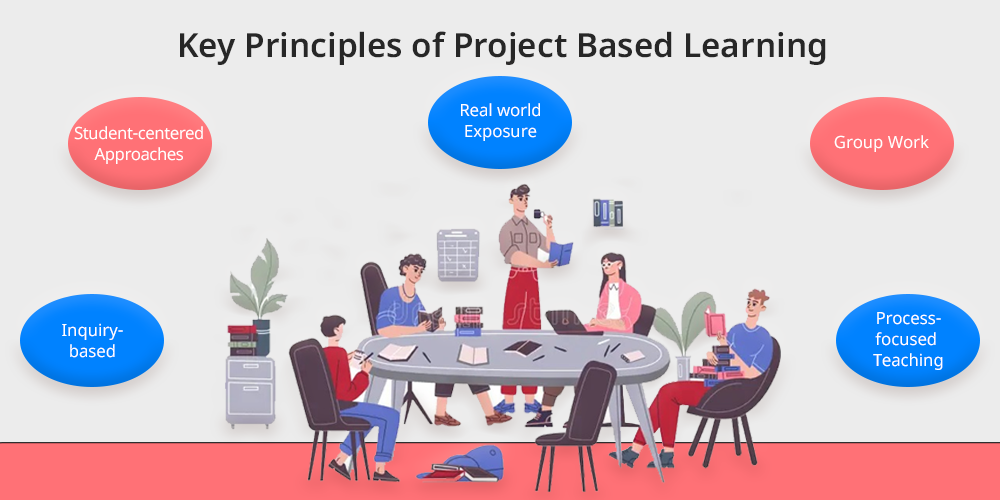
- Inquiry-based: Instruction begins through problem identification or questioning instead of traditional educational delivery.
- Student-centered Approaches: Learning takes place through student-centered learning when students take control of project directions as well as implementation choices.
- Real world Exposure: Projects under this approach recreate tasks which function similar to actual professional duties. Also go through real education with real time involvement for better insights.
- Group Work: Student success in group work sits at the core through peer learning activities. Here are some of the online group projects that give your students an opportunity to learn and grow with their mates.
- Process-focused Teaching: Learning takes priority over final results through process-oriented learning.
Examples of Project Based Learning
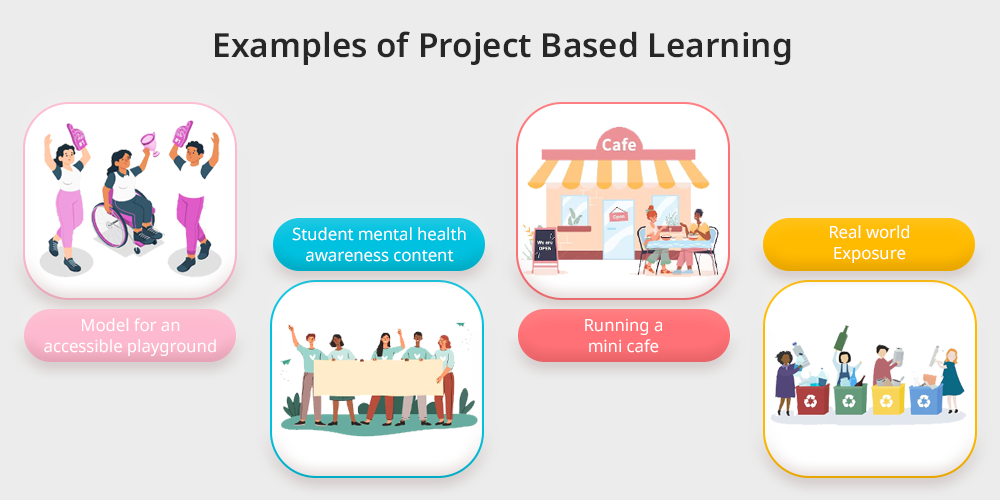
- Mixed-ability groups of students with physical disabilities create a model for an accessible playground during this project.
- Develop student mental health awareness content through research, script recording, and production of classroom podcasts.
- Running a mini cafe allows learners to create menus while managing budgets and actively using social, functional, and mathematical skills.
- The recycling program unites science education with environmental studies and communication techniques.
Projects enhance student learning by demonstrating educational value plus helping them build fundamental life abilities and academic competencies.
Read more to understand how education empowers the life of every student.
Key Considerations of Project Based Learning for Students with Special Needs

1. Differentiation and Instruction
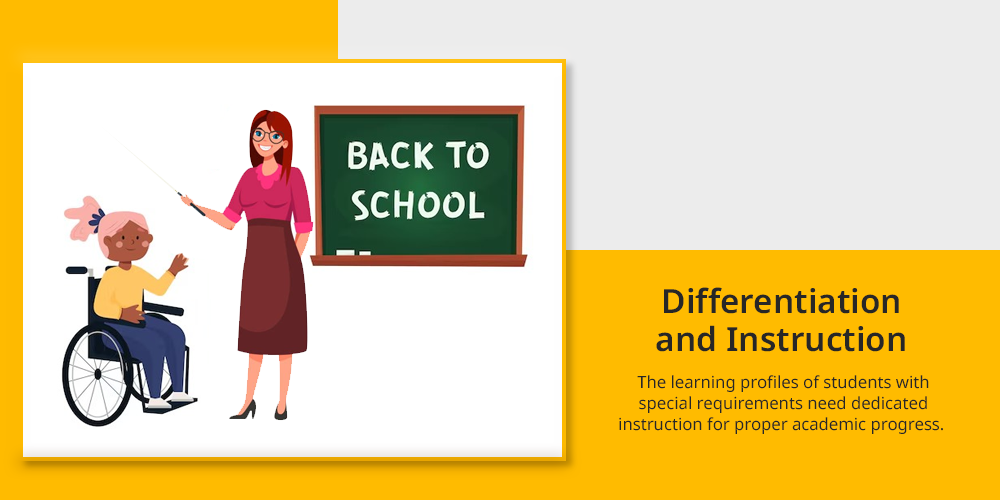
The learning profiles of students with special requirements need dedicated instruction for proper academic progress. Teachers who implement PBL need to modify content along with the learning process students need.
Student presentations show varied forms since one creates visual storyboards but another learner writes reflective essays and produces videos.
Read more on online learning for special needs students to learn how digitization has helped in this diversification of demands.
2. Support and Accommodation
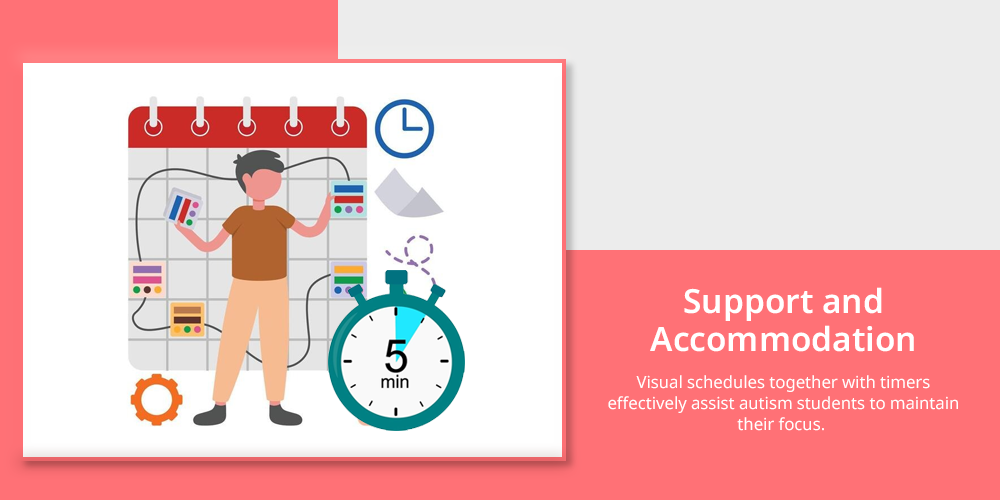
The instructional support can be seamlessly integrated into PBL activities by teachers. Most students need adjustments to their studies through additional time, easier instructions and technology tools that provide help.
Visual schedules together with timers effectively assist autism students to maintain their focus. Not just that, there are speech-to-text tools as well that aid students with dyslexia and physical impairments.
For more depth of knowledge, let’s navigate the contribution of AI in special education. And find if meeting these needs of learners is that easy.
3. Student’s Choice of Learning
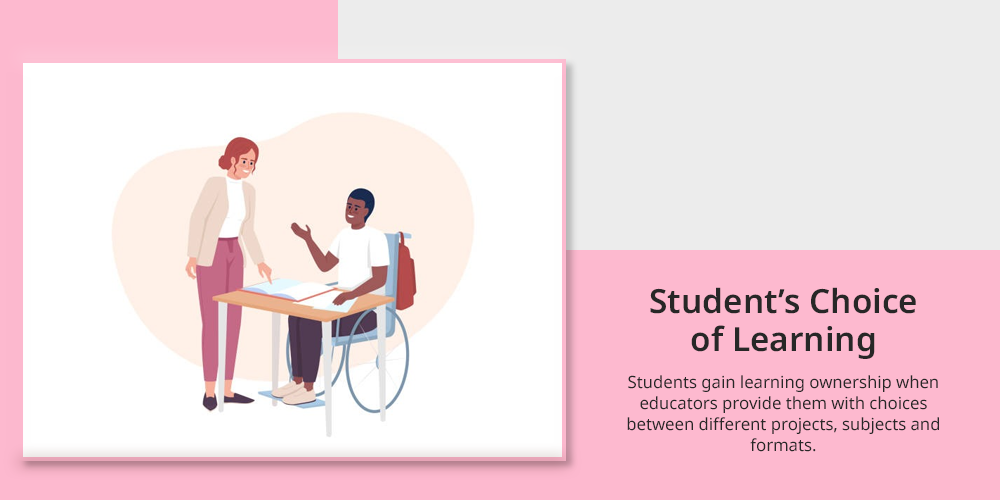
Students gain learning ownership when educators provide them with choices between different projects, subjects and formats.
Special needs learners benefit strongly from this approach because it helps them stay focused.
When students select their tasks based on their interests they become more motivated to work on the task. This further assists in developing emotional engagement in these learners. Let’s explore ways to get your kids engaged in remote learning.
4. Social Skills and Collaboration
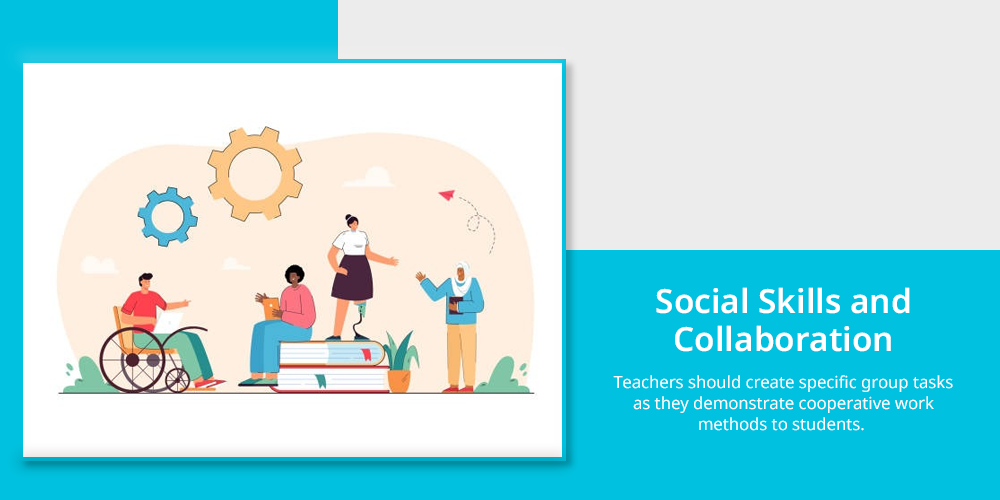
We as a society can not really understand the struggles special needs students go through when working in a group.
However, it can not be ignored either how beneficial these group projects can be for developing their social skills and collaboration.
Teachers should create specific group tasks as they demonstrate cooperative work methods to students. Students with difficulties in verbal communication should lead material organization and task scheduling efforts.
Implementation Strategies for Project Based Learning
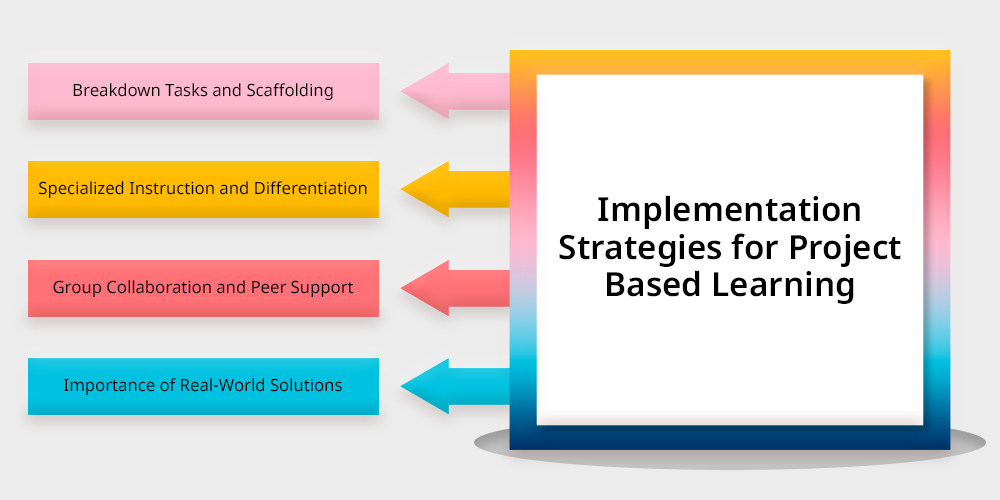
Teachers must develop deliberate plans coupled with adequate support systems to run effective PBL projects for students with special needs.
1. Breakdown Tasks and Scaffolding
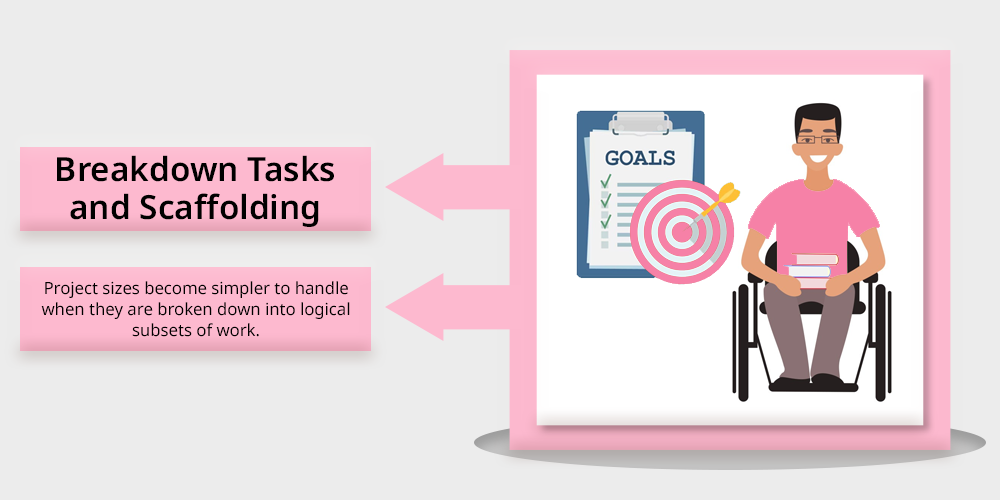
Project sizes become simpler to handle when they are broken down into logical subsets of work. The process of scaffolding comprises using supplementary structures including:
- Graphic organizers
- Checklists
- Sentence starters
- Daily or weekly goals
The tools assist students through multi-step projects so their confidence grows and their independence increases.
2. Specialized Instruction and Differentiation
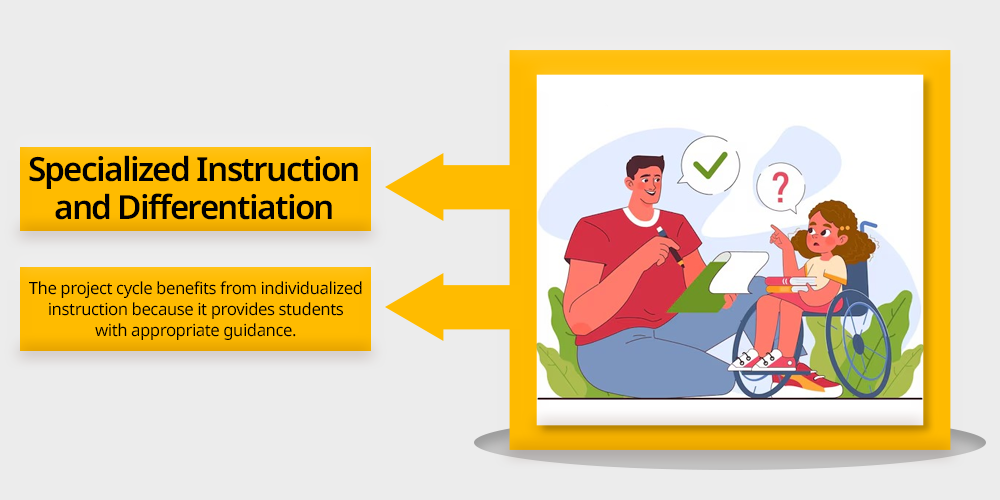
The project cycle benefits from individualized instruction because it provides students with appropriate guidance.
The educational program offers various support methods that blend individual guidance sessions and therapeutic workshops.
These can include occupational activities and simplified instructional materials with visual aids.
3. Group Collaboration and Peer Support
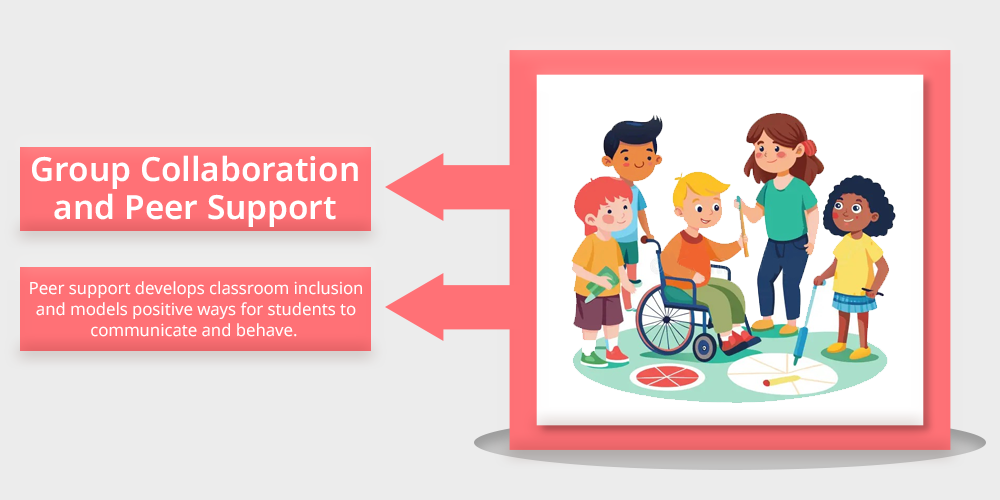
Group project peers should receive assigned mentor roles that help reduce their workload. Peer support develops classroom inclusion and models positive ways for students to communicate and behave.
Students require instruction about group norms which teachers must follow with periodic reflection sessions.
4. Importance of Real-World Solutions
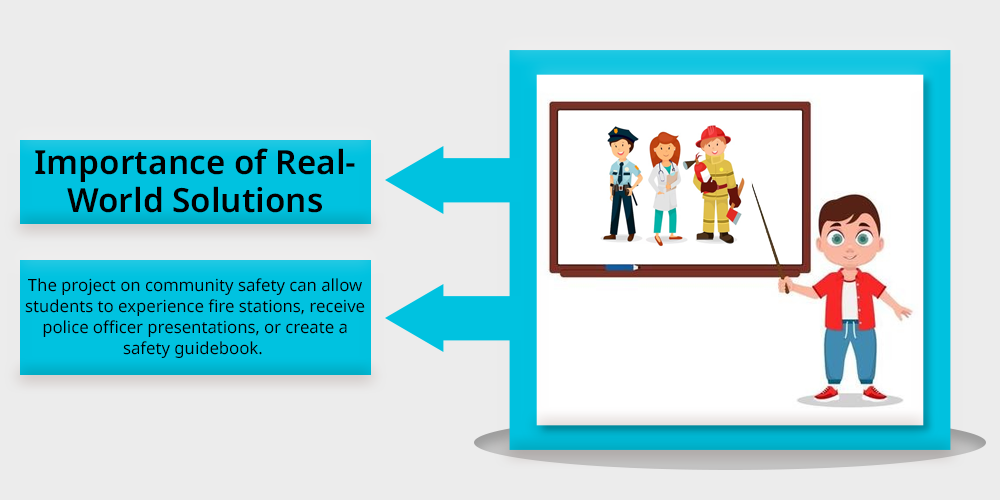
Special needs students benefit most when projects replicate actual situations.
The project on community safety can allow students to experience fire stations, receive police officer presentations, or create a safety guidebook.
By using contextual learning students become able to connect classroom academics with actual abilities.
Benefits of Project Based Learning in Special Needs Children
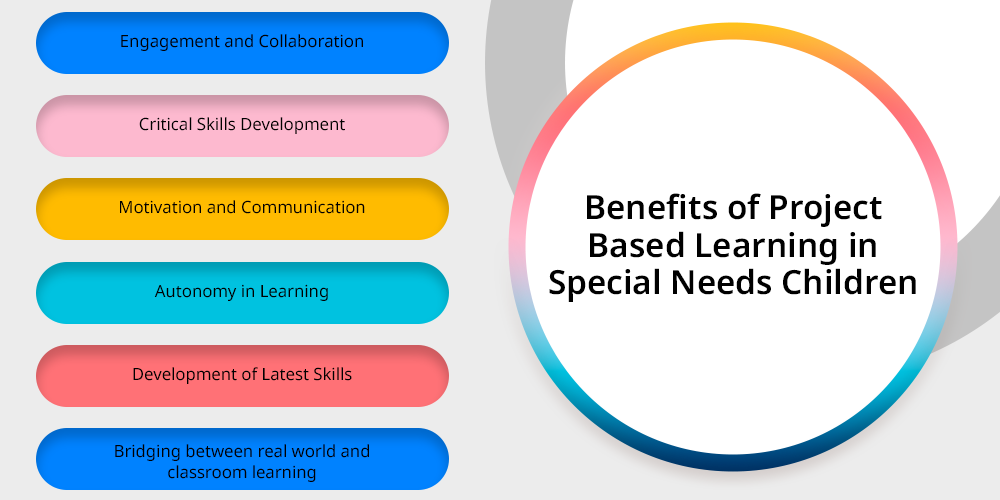
The approach of project based learning effectively benefits the learning attitudes and abilities of students with special needs.
1. Engagement and Collaboration
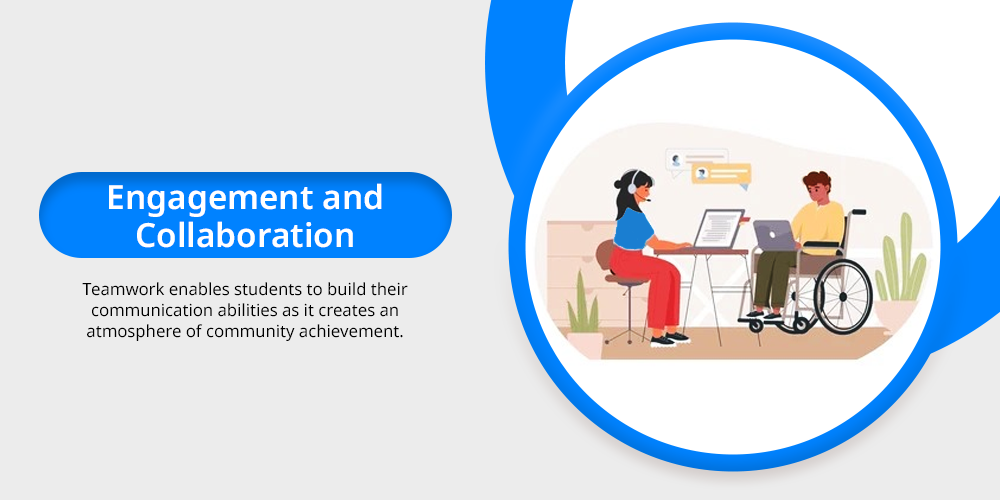
The active nature of PBL activitates students so they stay fully absorbed in their work. Teamwork enables students to build their communication abilities as it creates an atmosphere of community achievement.
2. Critical Skills Development
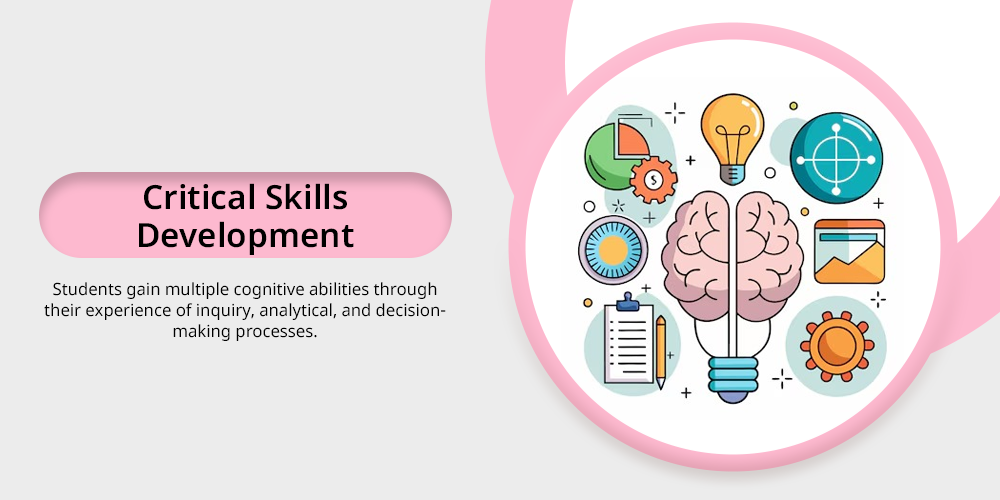
Students gain multiple cognitive abilities through their experience of inquiry, analytical, and decision-making processes.
They become skilled at addressing problems with creativity and they learn both strategic planning and reflective learning practices.
Here’s how to develop critical thinking skills in students to narrate these abilities to your kids as well.
3. Motivation and Communication
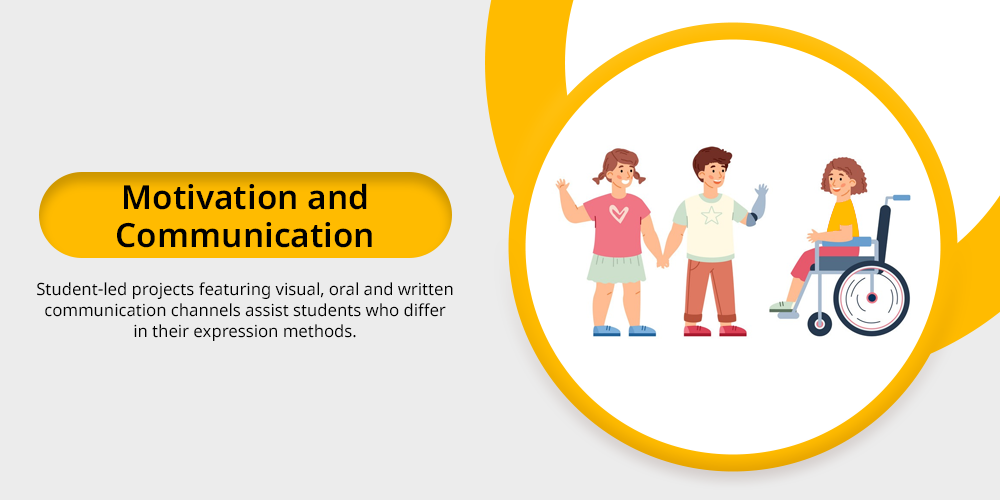
Student-led projects featuring visual, oral and written communication channels assist students who differ in their expression methods.
Besides that, they become more internally driven in their work when they understand its significance to their studies.
4. Autonomy in Learning
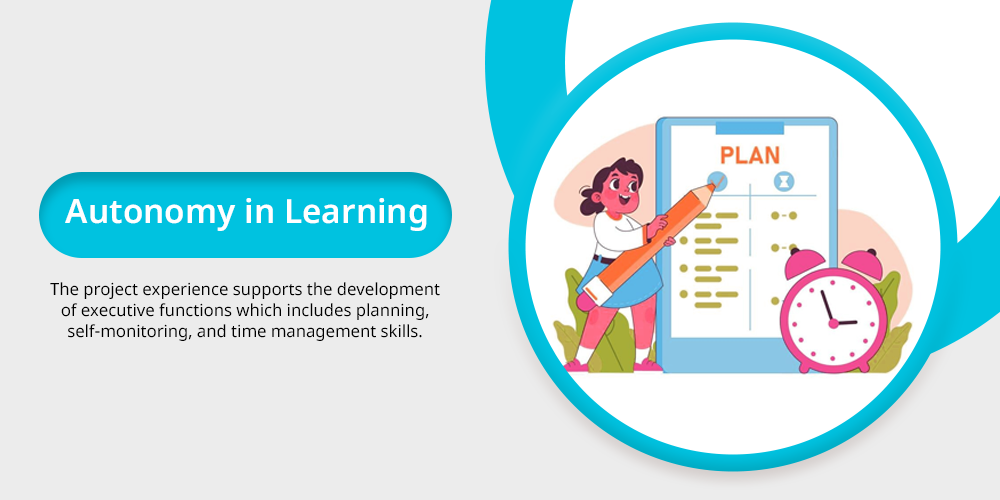
The act of selecting projects along with task administration enables students to develop their autonomy.
The project experience supports the development of executive functions which includes planning, self-monitoring, and time management skills.
5. Development of Latest Skills
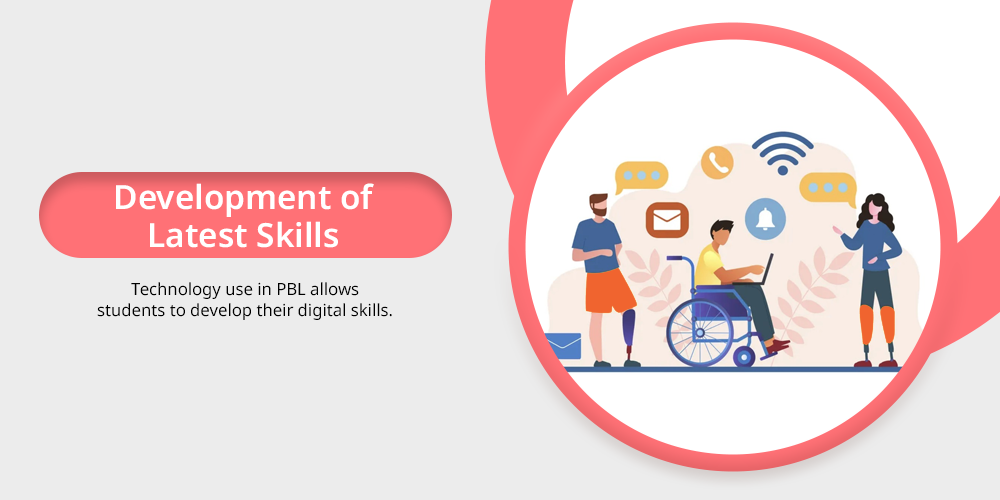
Technology use in PBL allows students to develop their digital skills.
They master essential soft skills which include adaptability, student leadership abilities and resilience while they learn through PBL methods.
6. Bridging between real world and classroom learning
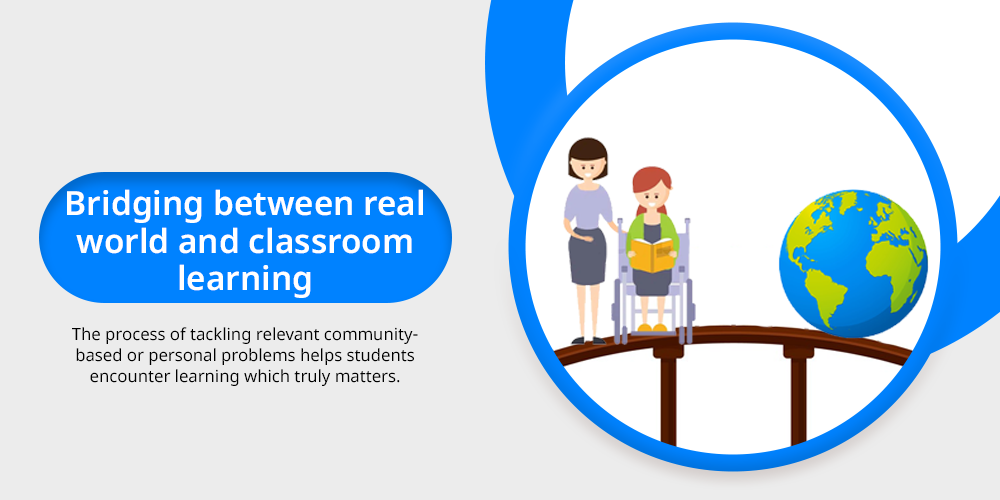
The process of tackling relevant community-based or personal problems helps students encounter learning which truly matters.
Through this connection students enhance their ability to maintain knowledge and use it outside of classroom environments.
Challenges in Project Based Learning
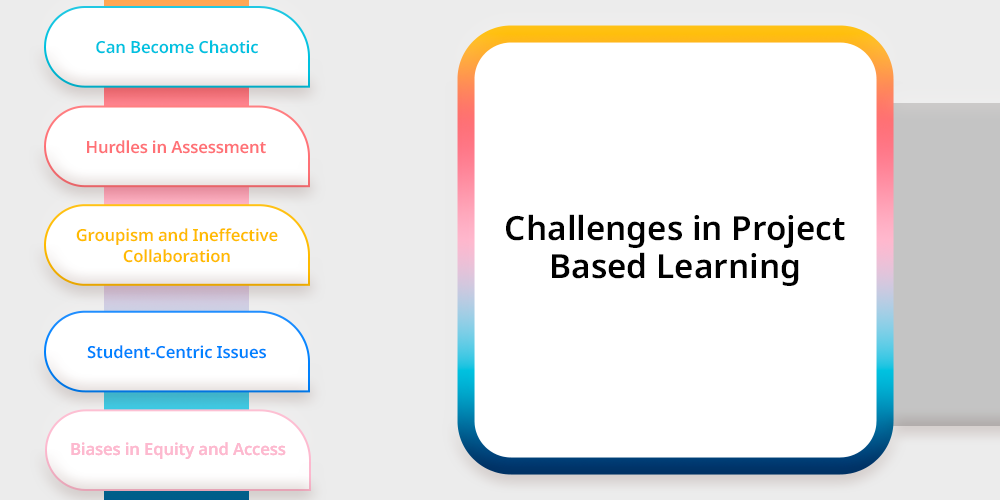
The implementation of PBL brings extensive value. But teachers need to resolve multiple difficulties particularly when working with students who need special education support.
1. Can Become Chaotic
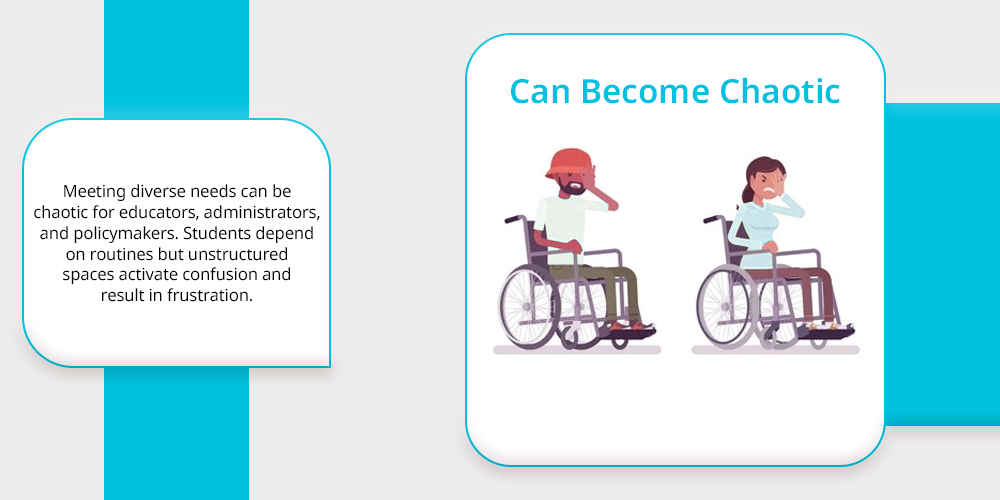
Meeting diverse needs can be chaotic for educators, administrators, and policymakers. Students depend on routines but unstructured spaces activate confusion and result in their frustration.
- Solution include: Educators should combat these issues by creating defined protocols while giving visual tools and maintaining regular class schedules.
2. Hurdles in Assessment
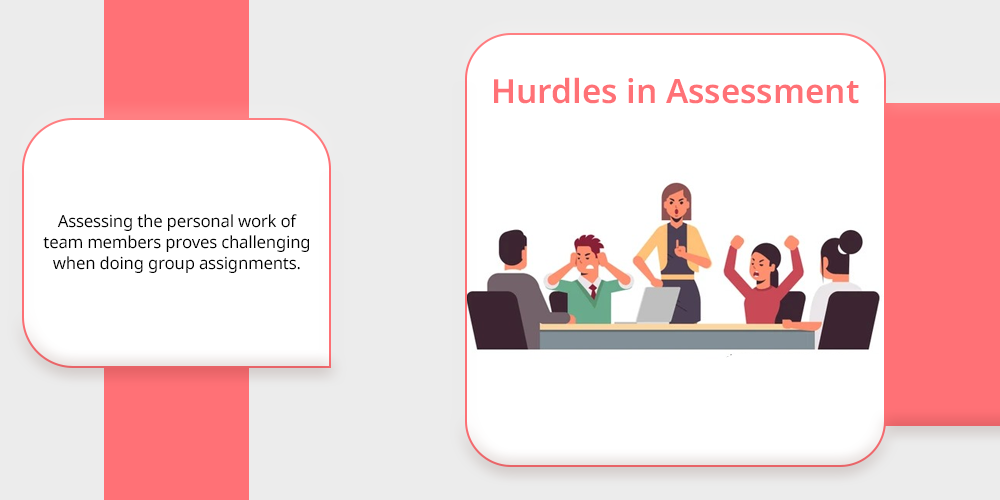
Assessing the personal work of team members proves challenging when doing group assignments.
The standard grading structure fails to realistically demonstrate what special needs students master in their education.
- Solutions include: Academic tools called rubrics help teachers analyze student collaboration together with their work effort and development progress. Incorporating self and peer evaluations and providing narrative feedback can do the added work.
3. Groupism and Ineffective Collaboration
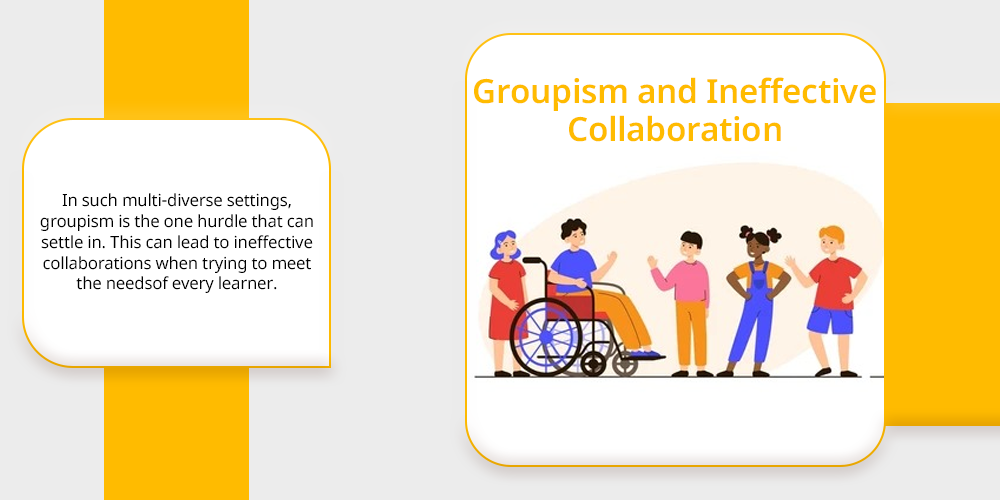
In such multi-diverse settings, groupism is the one hurdle that can settle in. This can lead to ineffective collaborations when trying to meet the needs of every learner.
The practice of group assignments might result in exclusion while students sometimes become passive during the work.
- Solutions include: Using established group responsibilities together with teacher supervision and periodic group member shift schedules can maintain proper collaborative balance.
4. Student-Centric Issues
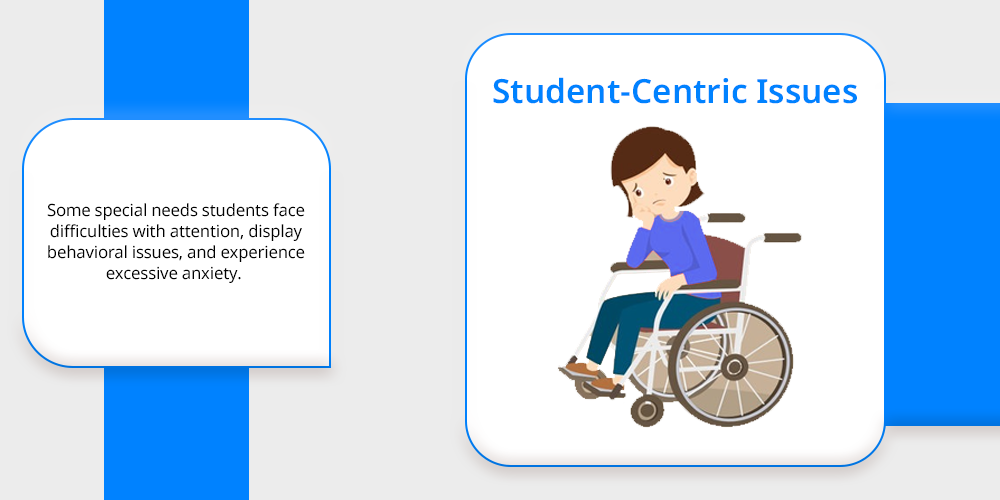
PBL needs resolution for student-centred learning issues due to diversification in abilities of special children.
Some special needs students face difficulties with attention, display behavioral issues, and experience excessive anxiety.
- Solutions include: Preparation of calm-down procedures, versatile seating arrangements and sensory pause options enables the retention of student involvement.
5. Biases in Equity and Access
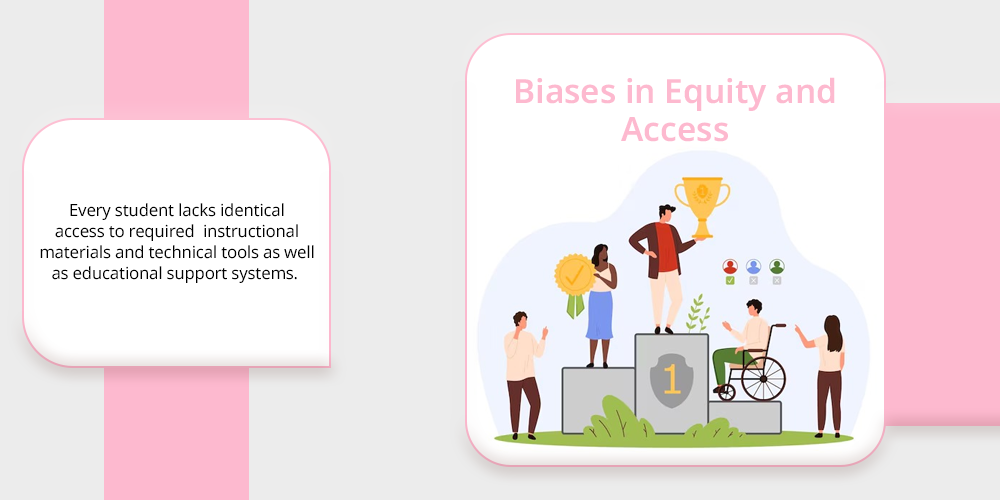
Every student lacks identical access to required instructional materials and technical tools as well as educational support systems.
- Solutions include: Educators need to provide necessary resources to all students while pushing for schoolwide inclusive policy development.
Dive deeper to understand the challenges of inclusive education. This will allow us to navigate how far we have come to attain the differences in traditional learning and special education.
Wrapping Up
Carefully adjusted project based learning offers excellent potential to help students with special needs in their educational development.
The approach enables students to take part in lifelong learning activities that promote independence, critical thinking and collaboration abilities.
Through its focus on adaptability and supportive creative environments PBL enables these students to develop academic success. This approach has been fruitful to grow successful learners in post-classroom settings.
Educators should adopt PBL approaches because they accept differences in student abilities while adapting instruction properly.
The deliberate implementation of PBL turns special education from a restricted setting to a sanctuary of accessible possibilities.

